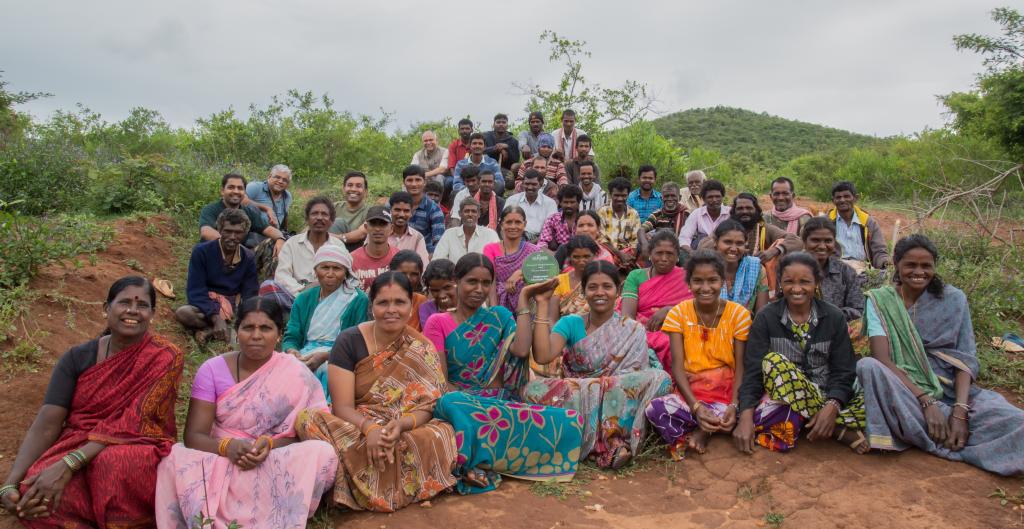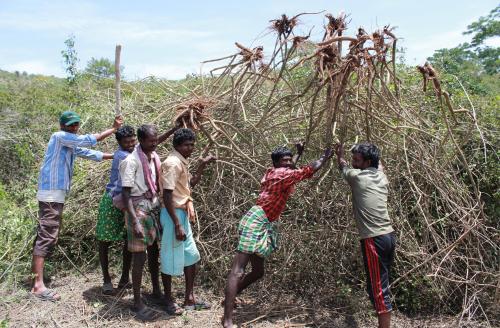Restoration projects can set in motion a virtuous cycle of livelihoods, biodiversity and native knowledge

Jeddiah has been leading his team of 20 people into the reserved forests around Karnataka’s Bandipur for the last 10 years. Their mission is to restore areas, degraded due to invasive species like Lantana camara and anthropogenic factors such as cattle grazing and fuelwood collection, back to biodiverse habitats.
Jeddiah’s is one of three community eco-development groups, comprising around 50 villagers, living at the edge of Bandipur Tiger Reserve. They are trained and supported by Junglescapes, a grassroots non-profit working on ecological restoration since 2008.
Working in collaboration with the forest department, these community groups have helped restore over 1,000 hectares of forests to healthy habitats for wildlife with a significant increase in diversity and abundance of flora and fauna.
Restoration-based livelihoods
A majority of these forest-abutting villagers belong to indigenous communities, who were relocated from within the forest when the national park was formed around 50 years ago. They are historically nomadic people with a low affinity towards agriculture; most parcels of land given to them at the time of relocation lay fallow.
Before the start of the restoration activity, they led a subsistence existence, working mostly as casual labourers in nearby farms for a few months of the year.

A majority of these forest-abutting villagers belong to indigenous communities
In comparision, the restoration activity provides them sustained livelihood throughout the year. Family incomes have tripled in most cases, and intangible gains in terms of self-confidence and social status have been considerable.
In a thesis presented as part of her Masters’ programme at Oxford University, which was based on the community-participative model of Junglescapes, Manasi Anand described communities involved in restoration as ‘conservation-subjects’.
They are different from those involved in collection of forest produce, whom she termed ‘consumption-subjects’. The former derive their livelihood by augmenting natural resources and by being custodians of the forest, while the latter may develop a more utilitarian view of the forest.
Collection and marketing of forest produce pose many challenges, including sustainable collection. In contrast, restoration provides a simple, yet powerful, livelihood alternative that is a win-win for the forest-dependent communities and the ecology surrounding them.
Restoration and traditional ecological knowledge
While the restoration benefits the indigenous community groups, biodiversity often gains more.
“Bellamma, an elderly lady from the Jenu Kuruba group, is a fountainhead of knowledge on shrubs and herbs, when and where they grow best and their uses for wild fauna. Such traditional ecological knowledge is invaluable for the success of our restoration efforts,” said CR Hanumanth, a Junglescapes member.
Conventional approaches to rehabilitation of indigenous people have focused on training them in non-forestry vocational skills. These have had limited success so far due to challenges they face in integrating with mainstream society.
Many end up in unskilled jobs in villages and small towns. A more serious and irreplaceable impact is the loss of traditional ecological knowledge because of their disconnect with the forests.
First published by Down to Earth on 18 Aug. 2020